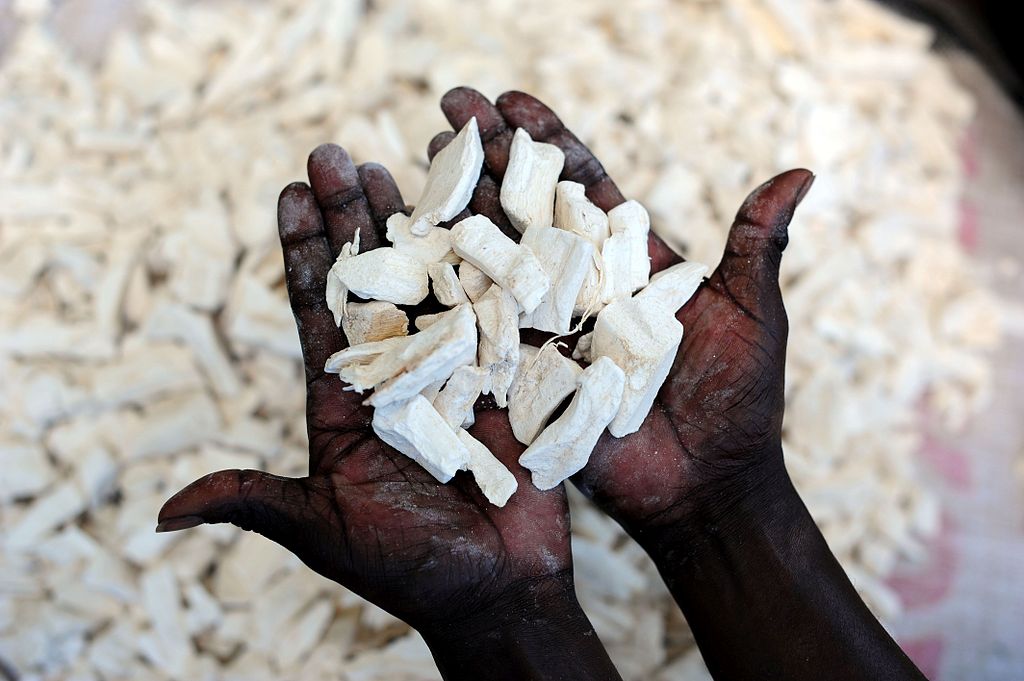The term “orphan crop” encompasses those lesser-known, often regionally-specific plants that, with respect to mainstream commercial crops, have traditionally been neglected by modern agricultural industries and breeding innovation. Yet, as we are facing urgent climate, societal and environmental challenges, a stronger need for diversified food systems arises. In such endeavor, orphan crops present an enormous agroecological potential.
Wheat, maize, rice and soybeans are the crops dominating 21st century agriculture in terms of land use. These data refer to crops used either for human consumption, as animal feed, or for other industrial applications.
Interactive plot embedded from Our World in Data: https://ourworldindata.org/grapher/land-area-per-crop-type
Although orphan crops are considered to have a limited global economic significance, they have been staples in regional diets for centuries and often carry a strong cultural meaning. They include grains, tubers, fruits, and vegetables that might be foreign to the mainstream markets but essential to local communities.
When it comes to agroecology, orphan crops play a central role in biodiversity, soil health and water conservation. With the industrialization of agriculture, our global food system has increasingly relied on a narrow range of crops, diminishing genetic diversity. According to FAO, four crops (sugarcane, maize, wheat, rice) account for half of the global primary crop production (FAO, Statistical Yearbook 2022). By integrating orphan crops into our agricultural systems, we can diversify the gene pool, making our food systems more resilient to pests, diseases, and climate change. Furthermore, many orphan crops have evolved to thrive in specific harsh local conditions, often improving soil health and developing drought-resistant properties. The unique symbiotic relationship between orphan crops and their native environments represents an exemplary blend of ecological sustainability and local wisdom.
In parallel, the rising interest into orphan crops stems from their impressive nutritional profile, as these crops often come packed with essential nutrients. For instance, the African grain teff is high in protein and iron, besides being gluten-free. Moringa, often dubbed the “drumstick tree,” is a source of essential amino acids, vitamins, and antioxidants. Finger millet, native to the African highlands, boasts high calcium content, vital for bone health. Furthermore, the African Yam Bean is loaded with proteins and essential minerals, offering a sustainable protein source for many communities.
As we stand at a crossroads, will we venture into the world of orphan crops, unlocking sustainability, diversity, and resilience for our food systems? Considering that food security is attained only “when all people, at all times, have physical and economic access to sufficient, safe, and nutritious food that meets their dietary needs and food preferences for an active and healthy life” (FAO, World Food Summit 1996), the call for a shake-up in mainstream agriculture is undeniable.

Cassava is a widespread staple food in the global south, mainly cultivated by smallholder farmers. This orphan crop is drought-tolerant and can grow in poor soil conditions.
Learn more about improving cassava yield and other research activities around orphan crops and functional foods reading the meeting report of the 1st Cologne Conference on Food for Future. The conference was co-organized by CinSOIL co-founder Antonella during her research fellowship with the University of Cologne.


